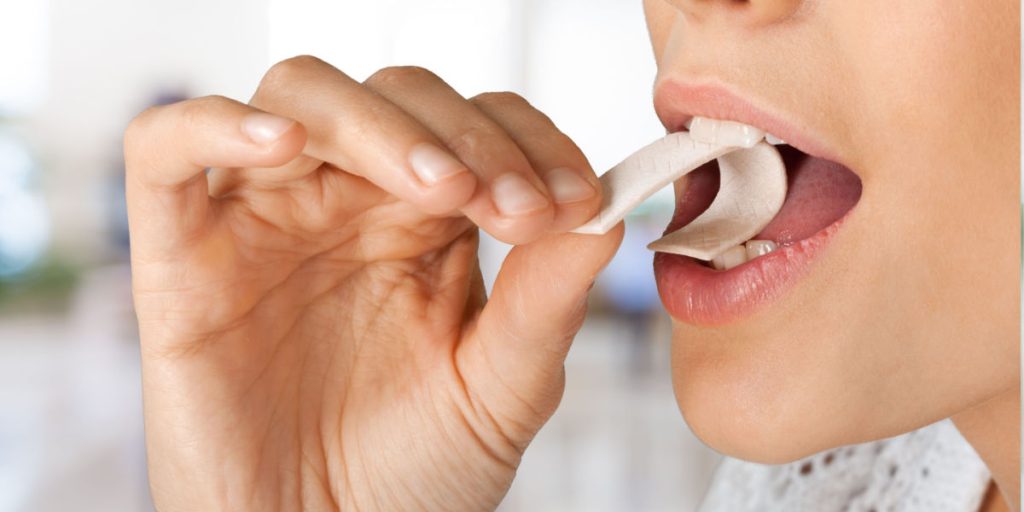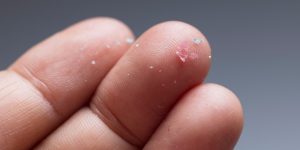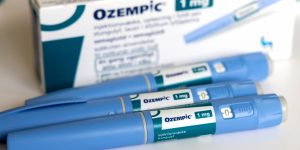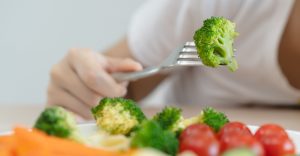Both natural and synthetic gums may contribute to your daily plastic intake, researchers find.
Others are reading now
A new study has uncovered a surprising source of microplastic exposure: chewing gum. According to research presented at the American Chemical Society’s spring meeting in San Diego, both synthetic and so-called “natural” chewing gums can release hundreds to thousands of microplastics into the saliva during regular chewing.
On average, about 100 microplastics were released per gram of gum, with some samples releasing up to 600 microplastics per gram. A single piece of gum typically weighs between 2 to 6 grams—meaning a single chew could introduce hundreds or even thousands of microplastic particles into the mouth.
A Hidden Source of Plastic Exposure
Researchers at UCLA, led by engineering professor Dr. Sanjay Mohanty, aimed to understand how everyday habits contribute to plastic ingestion. “Chewing gum is the only food product made of plastic,” Mohanty said, adding that the study was not designed to alarm but to investigate the broader scope of plastic exposure.
Surprisingly, both synthetic and plant-based “natural” gums released similar amounts of microplastics. This finding challenges assumptions that natural gum bases are significantly safer.
Also read
The study has not yet been peer-reviewed but sheds light on a largely overlooked source of exposure. Microplastics—tiny plastic particles less than 5 millimeters in size—are already found in food packaging, beverages, and even the air we breathe. Past studies estimate individuals ingest tens of thousands of microplastics each year.
Potential Health Impacts
While the long-term health effects of microplastics are still being studied, existing research links them to respiratory, digestive, and reproductive issues. Some studies have even suggested possible associations with cancers such as those of the colon and lungs.
Dr. Dana Hunnes, a senior dietitian at UCLA Health, expressed surprise at the study’s findings. “Most people tend to swallow their saliva when chewing gum, so if it’s releasing microplastics into that saliva, that’s not great,” she said.
Should You Stop Chewing Gum?
Health experts are divided but cautious. While the data doesn’t suggest immediate harm, it adds to the growing body of evidence about the pervasiveness of microplastic exposure. “The more you chew, the more you’re adding to an already existing plastic burden,” said Dr. Tracey Woodruff of UCSF, who recommends avoiding gum if you’re concerned.
For those looking to reduce exposure, cutting back on gum—regardless of whether it’s labeled natural or synthetic—could be a simple place to start.
As reported by Healthline, the findings highlight just how embedded plastics have become in even the most unexpected corners of daily life.








